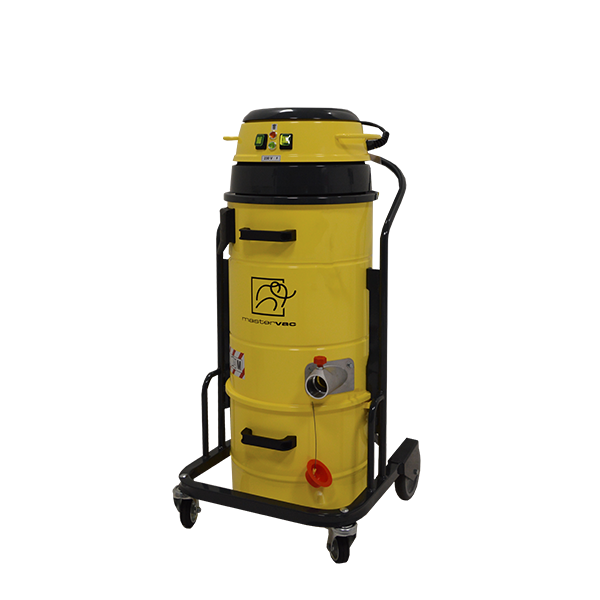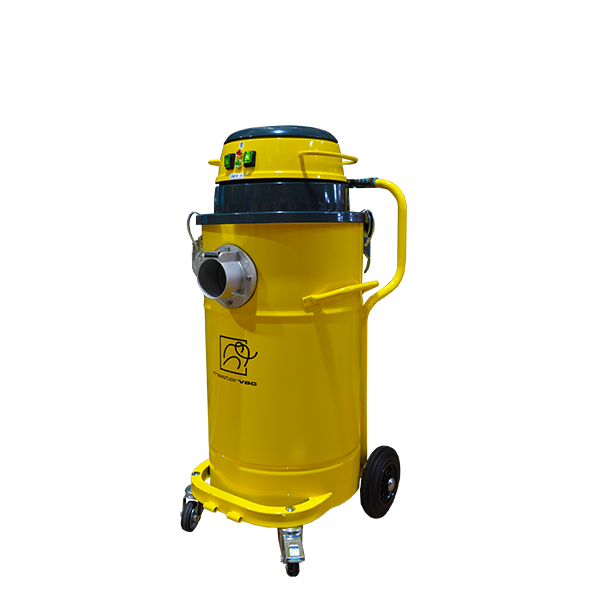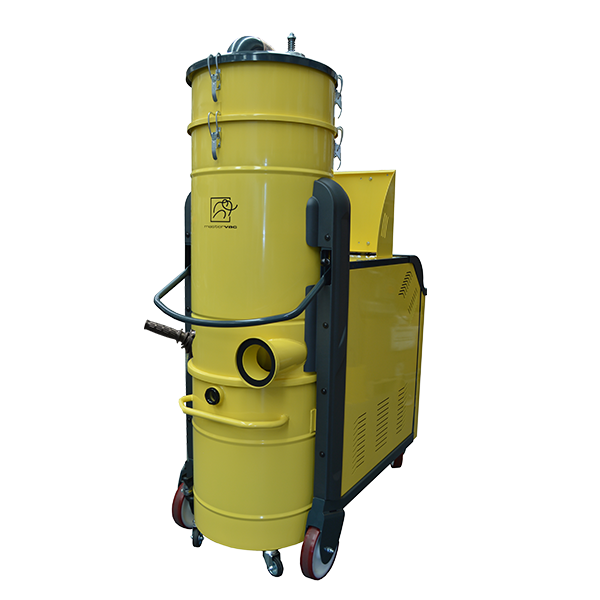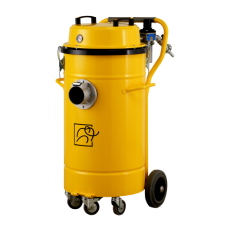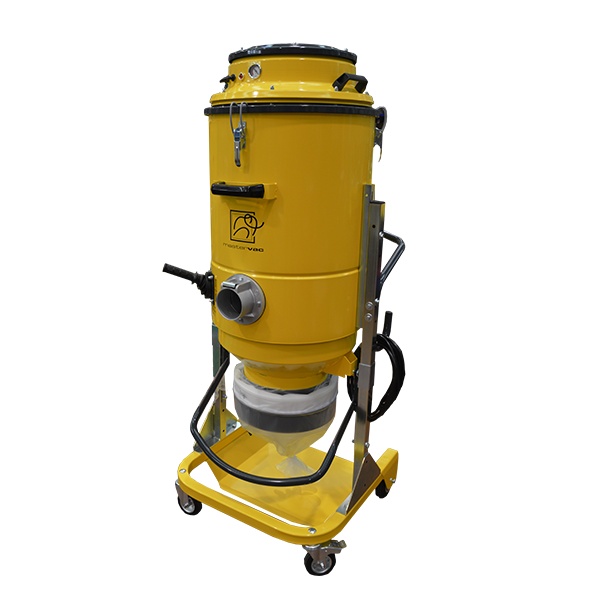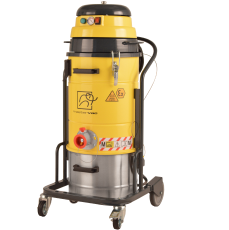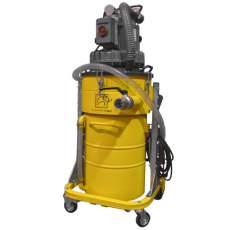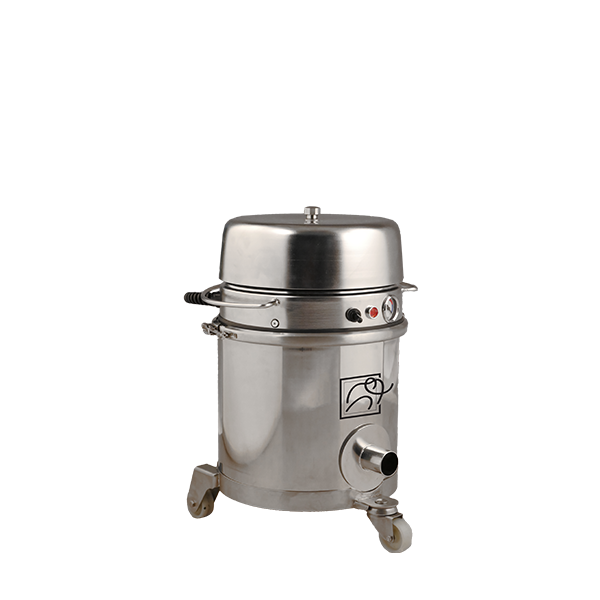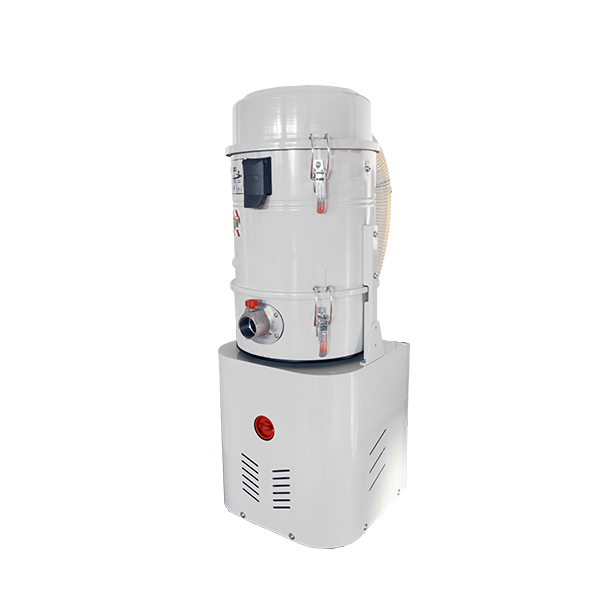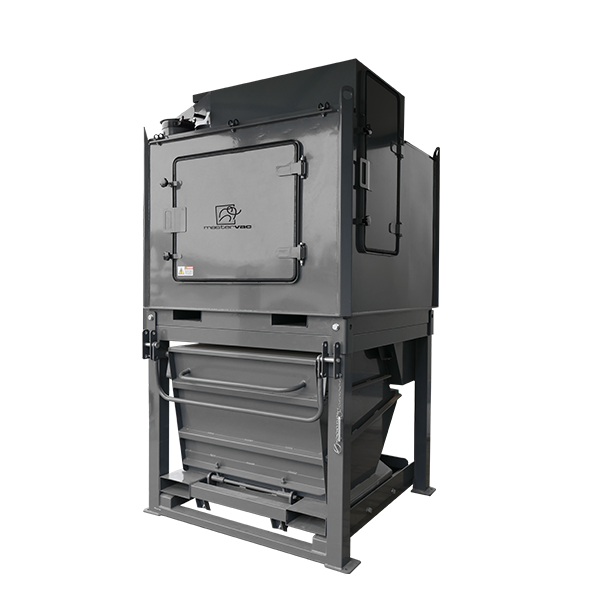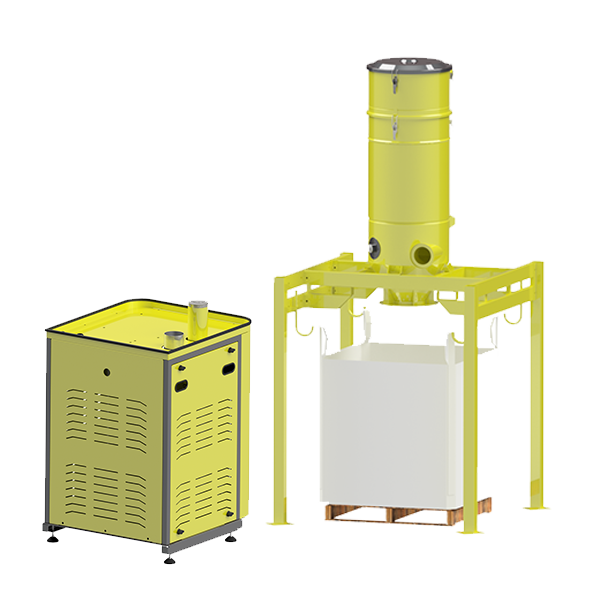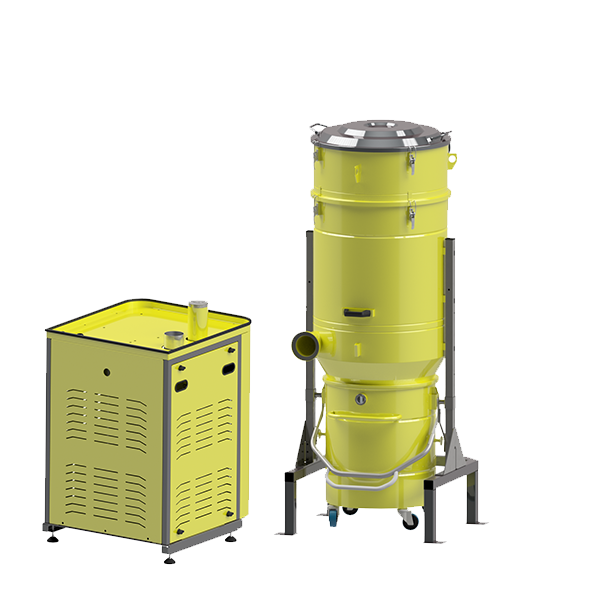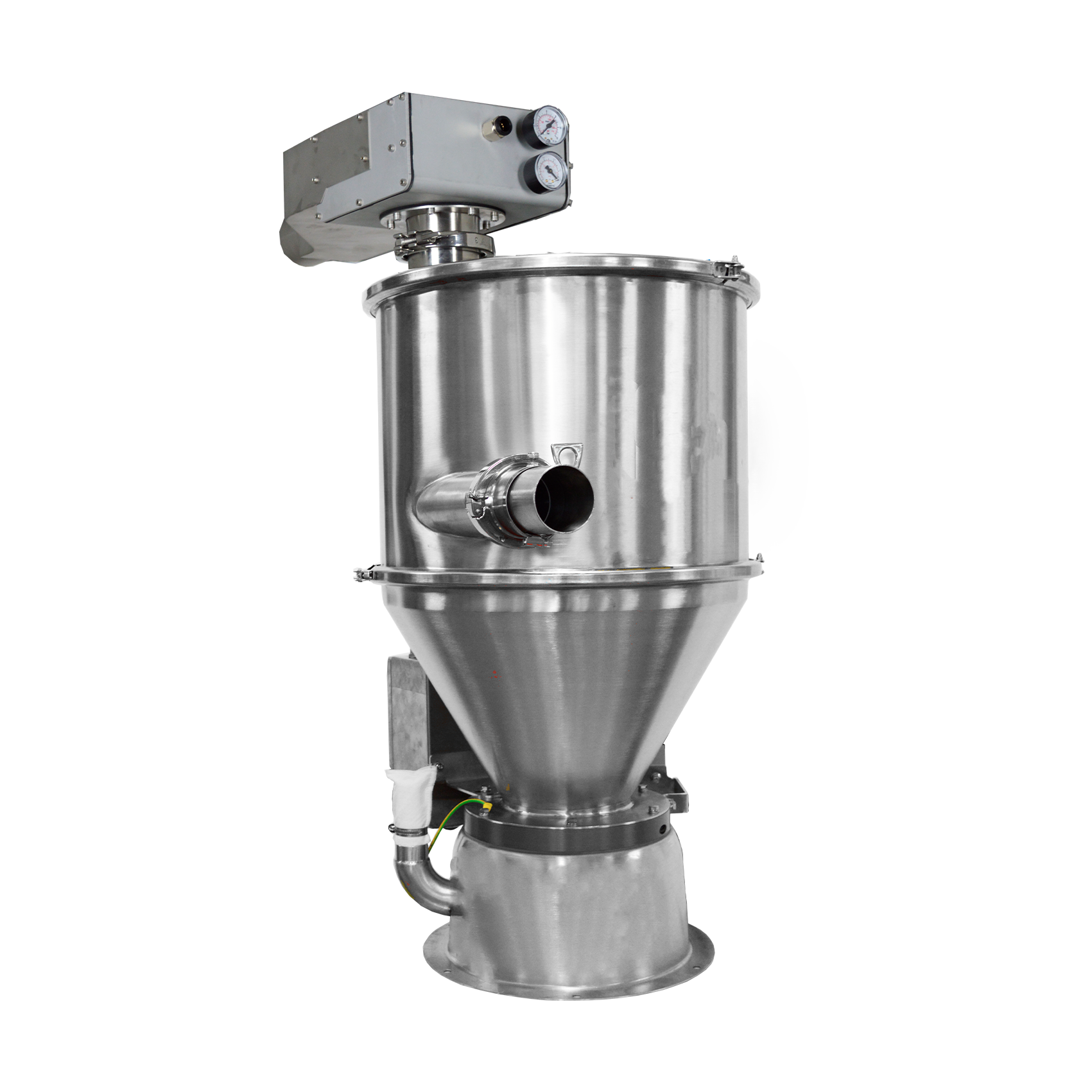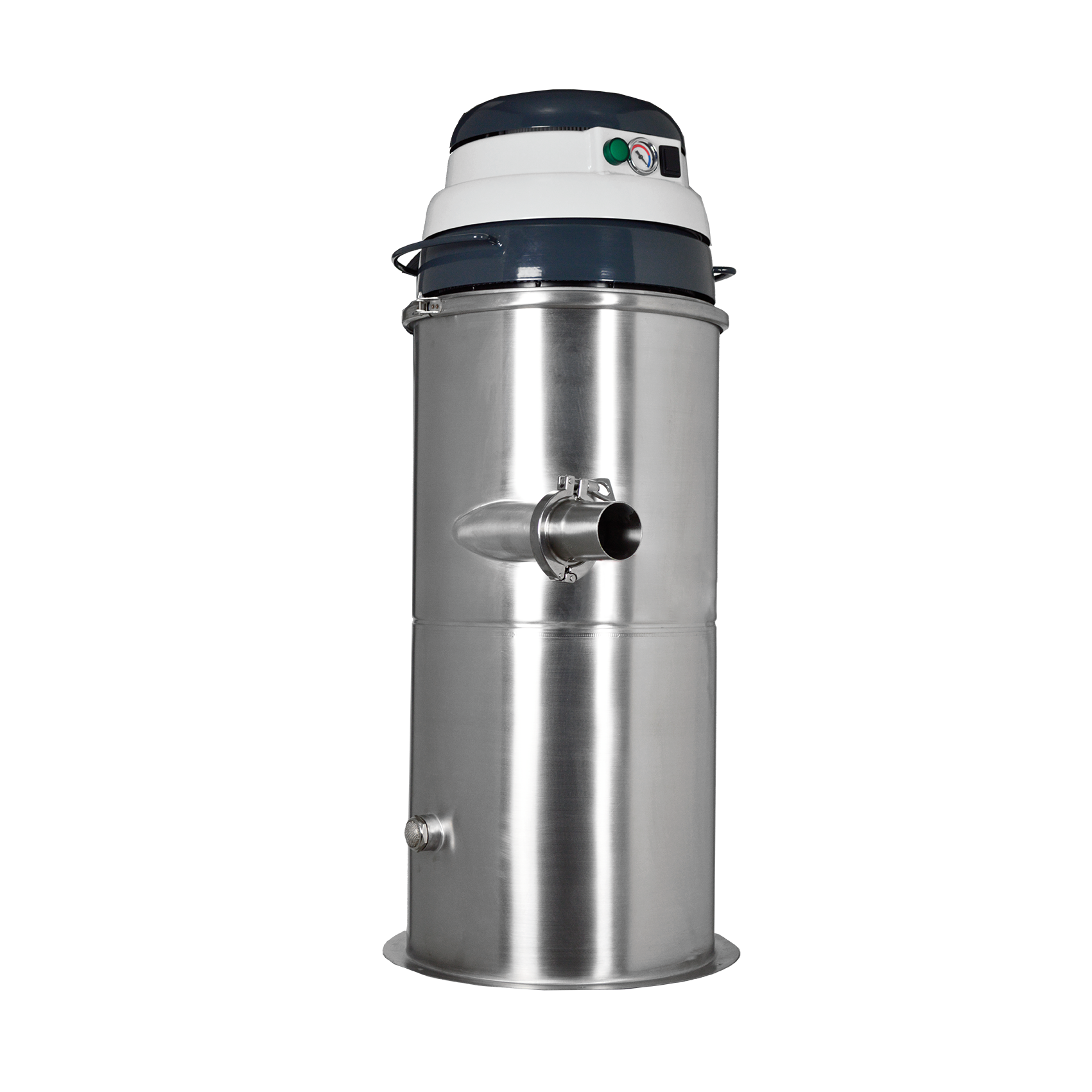3D Printing
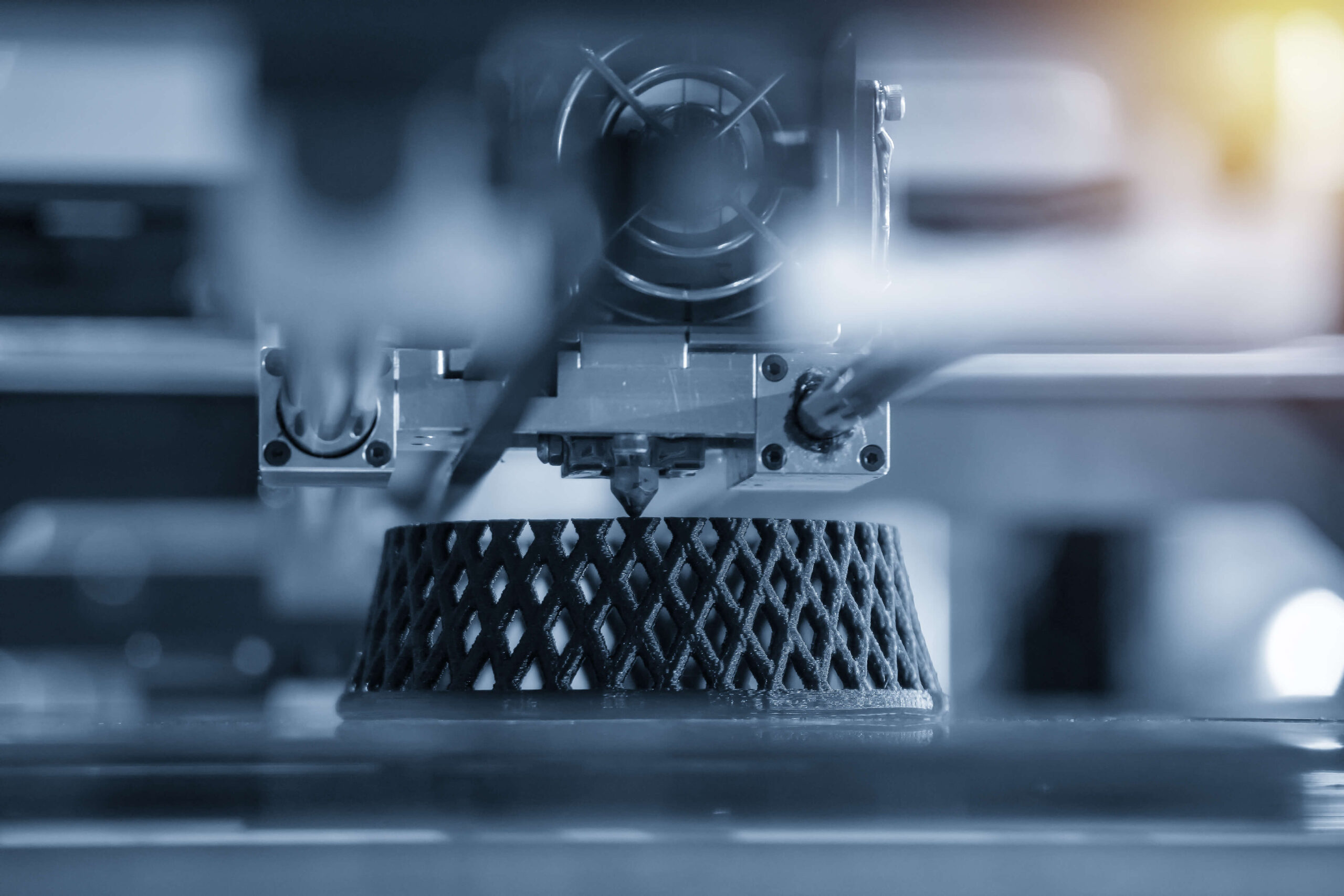
Vacuum cleaners for additive manufacturing
3D printing, also known as additive manufacturing, is a method that produces three-dimensional solids by stratifying materials. It differs from conventional manufacturing in that rather than removing material from a block (subtractive manufacturing), it builds the object by stratifying various layers of material (additive manufacturing).
To ensure the printed products maintain constant quality, the printers require continuous maintenance between their various work cycles:
Removing (and, in the event, recuperating) residual powder in the chamber after production cycles
Cleaning the work spaces around the printer for worker safety
Cleaning the finished products to remove any residual powder
These problems can be resolved and eliminated by properly using industrial vacuum cleaners, which safely vacuum all types of powder, both explosive and not.
In fact, various types of powder can be used in printing machines, depending on the technology the printer uses. The powders can be grouped as follows as regards cleaning:
Non-combustible and non-conductive powder
Combustible and non-conductive powder
Combustible and conductive powder
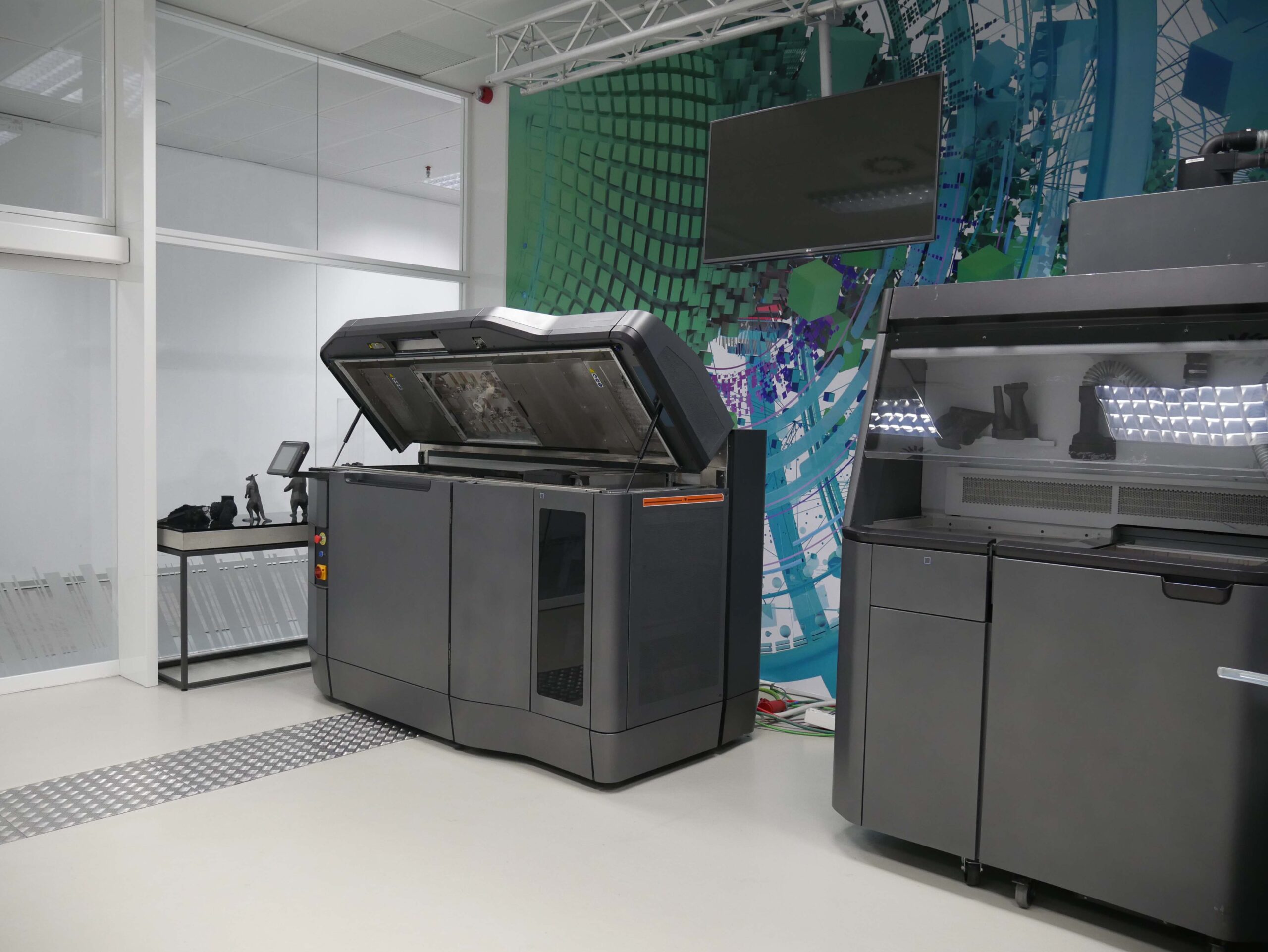
Recommended for this application
Vacuuming non-combustible and non-conductive powder
Non-combustible and non-conductive powder is removed and cleaned from the machine using any industrial vacuum cleaner with a sufficient collection capacity. We always recommend ATEX zone 22-certified machines to ensure greater safety standards.
Powder bed fusion is done in a stable, sterile environment where the powder is solidified and transformed into finished products. The powder bed fusion method is carried out in a chamber known as the “bed”, onto which a layer of fresh powder is forced after each fusion and so on until the work is complete.
The powder must be recuperated at the end of the production cycle to:
Ensure the texture of the finished product at all times
Ensure proper machine operation
Reduce the risk of explosion caused by explosive dust
Vacuuming combustible and non-conductive powder
Properly cleaning the workplace reduces the risk of cross-contamination of the final products between production batches and guarantees the safety of operators regularly exposed to the dust.
Each of these criteria is perfectly met by an industrial vacuum cleaner and if the residual dust in the production area is explosive but not conductive, ATEX zone 22-approved industrial vacuum cleaners are the ideal solution, guaranteeing the highest standards of cleaning and protection.
Mastervac machines are equipped with the following features included:
Antistatic filters
Proper earth grounding
Stainless steel collection tank (AISI304)
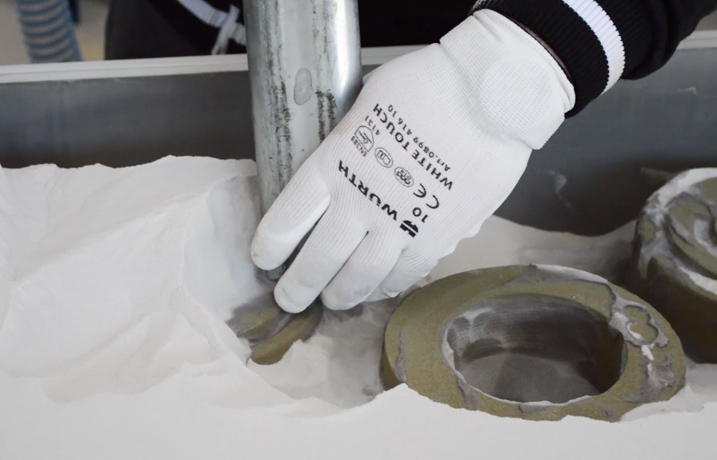
Vacuuming combustible and conductive powder
Metal alloy, aluminium, and titanium powders are often used in powder bed fusion applications. These conductive and explosive powders can be safely extracted by vacuum cleaners with the exclusive ATEX zone 20 certification in the vacuum cleaner chamber. This certification guarantees complete safety when collecting combustible powders.
The hazardous nature of the treated materials truly puts operator safety to the test, as these operators work in a sector full of hazards, including fires caused by conductive and explosive powders. The best solution is to use ATEX z22-approved vacuum cleaners with an INERT device to vacuum these products. The powder is automatically submerged in an inert oil bath, which neutralises the explosive charge and renders it harmless. A valve inside the vacuum cleaner adds an additional level of protection against the formation of potentially explosive gases.

